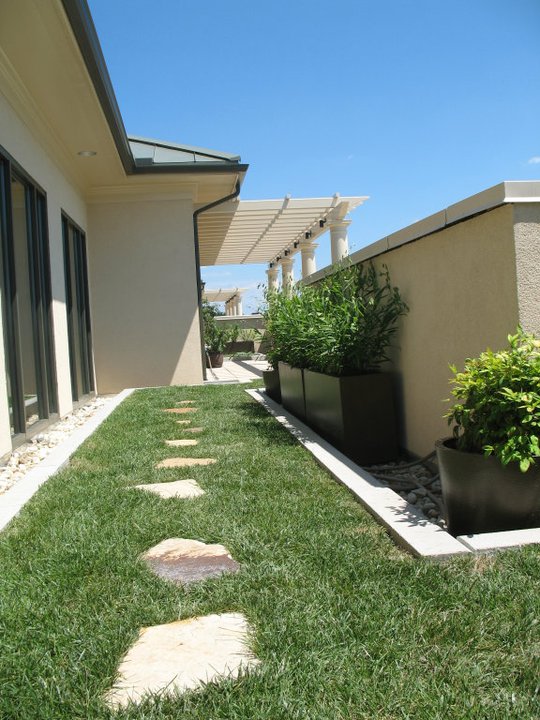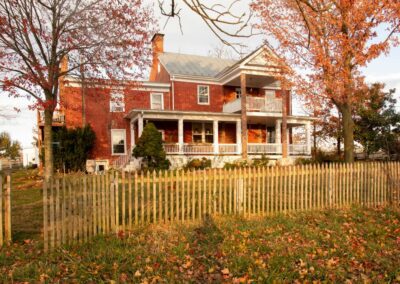 Green roof, vegetative roof, intensive, extensive, sedums – there are many terms and phrases you will learn in the world of growing vegetation on your roof. This is a niche market, it is new and innovative. Or rather, this is a technology that was developed in Germany in the 1960s. It is not really new at all, just new to our area. A vegetative roof protects runoff, air quality, increases energy savings, and service life, creates habitat, and is beautiful. Used in the appropriate places, a vegetated roof is an excellent investment for your building. Here are some advantages:
Green roof, vegetative roof, intensive, extensive, sedums – there are many terms and phrases you will learn in the world of growing vegetation on your roof. This is a niche market, it is new and innovative. Or rather, this is a technology that was developed in Germany in the 1960s. It is not really new at all, just new to our area. A vegetative roof protects runoff, air quality, increases energy savings, and service life, creates habitat, and is beautiful. Used in the appropriate places, a vegetated roof is an excellent investment for your building. Here are some advantages:
Storm-water control – The vegetated roof system, including engineered soil, reduces the run-off, the peak volume-rate for drainage systems, and contaminants – all which reduce the demand on storm-water drainage and treatment systems.
Air Quality – Increasing the amount of plantings in any area allows for natural air treatment, reduces airborne contaminants.
Energy Savings – The planting system provides a buffer between ambient temperature and roof insulation, reducing the fluctuation in high and low daily temperatures, as well as the rate of temperature change. Both of these result in reduced load on the building’s mechanical heating and cooling systems. The added mass (plants and soil) provides some increased thermal value.
Service Life – Assuming a reliable installation, vegetative roof-membrane systems have increased service life over conventional membranes because they are protected from UV Rays.
Aesthetics and health – a visible and accessible vegetative roof increases productivity and general health of those with access.
Habitat – A vegetative area in a built environment provides a place for birds to build nests and insects to thrive.




